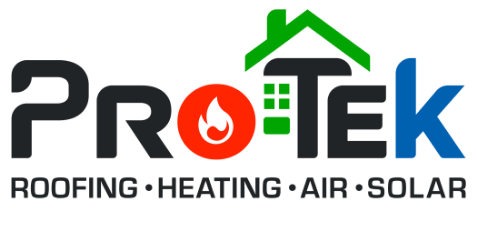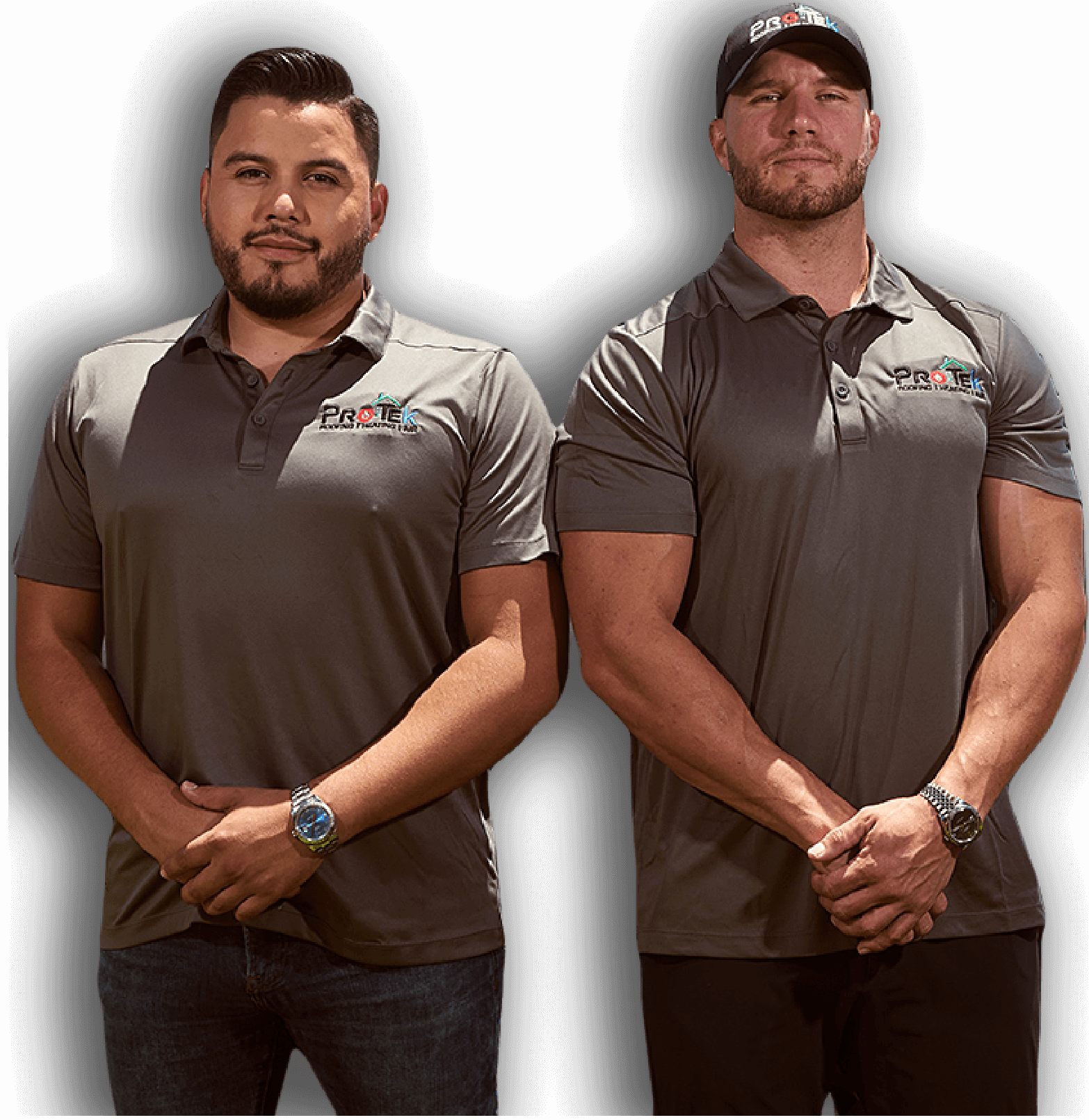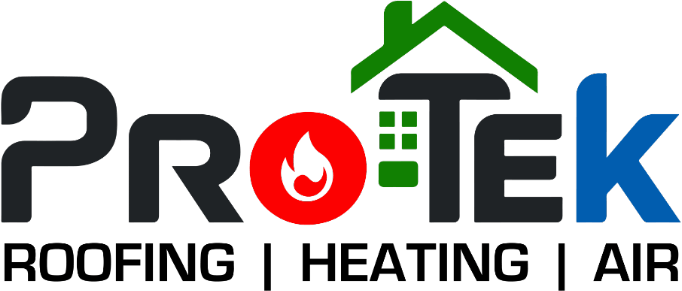Your home’s comfort is a culmination of various factors, from the paint on your walls to the comfort of your furniture. When your HVAC system isn’t operating at peak performance, you may not notice it immediately, but eventually, it will affect your well-being. Whether it’s a change in air quality, fluctuating temperatures, or increased energy bills, these are signs that your system needs professional attention. At Protek Roofing, Heating, Air & Solar, we understand how crucial a well-functioning HVAC system is to your daily life. That’s why we’re committed to providing top-notch service to ensure your comfort at all times.
1. Remove the Access Panel
Before any cleaning can commence, the first step that professional HVAC technicians usually take is to remove the access panel. This is a cover that shields the internal components of the AC unit, including the evaporator coils. Removing this panel carefully is crucial to avoid damaging any internal parts. Only qualified technicians should attempt this because they understand the unit’s intricate layout and sensitive components.
Once the access panel is removed, technicians will usually inspect the area to assess the condition of the evaporator coils and the surrounding components. This is a critical step as it helps them decide the best cleaning method. They may identify problems like rust, mold, or other issues that might need more than just a simple cleaning. The evaluation process is essential for tailoring a cleaning strategy that’s both effective and safe for your AC unit.
Removing the access panel gives the HVAC professionals clear access to the evaporator coils. This unobstructed access is vital for a thorough cleaning process. Being able to view the coils ensures that all areas, including hard-to-reach spots, will be adequately cleaned. Again, this isn’t a task for the average homeowner; specialized tools and knowledge are required to do this effectively and safely.
2. Select Appropriate Cleaning Agents and Tools
Once the level of contamination has been thoroughly assessed, the next step for HVAC professionals is to select the appropriate cleaning agents and tools. Different types of soil and buildup require specific cleaning solutions for effective treatment. For example, a coil with a high degree of bacterial growth may need a specialized antimicrobial cleaner, while a coil with a lot of dust may need a different type of cleaning agent. Technicians are trained to know which agents are effective and safe for your specific AC unit.
In addition to cleaning agents, choosing the right tools is equally important. Specialized coil cleaning brushes, sprayers, and even industrial vacuums are designed for this task. These tools come in various shapes and sizes to navigate the intricate structure of evaporator coils. Selecting the correct tool ensures that the cleaning is thorough and that no damage is done to the coils. The professionals have been trained in using these tools and know which to deploy based on the situation at hand.
HVAC technicians will also consider the environmental safety of the cleaning agents and tools they choose. With the growing focus on green, eco-friendly options, professionals aim to use cleaning solutions that are not harmful to the environment or the home’s inhabitants. Using biodegradable, non-toxic cleaners wherever possible is not just good for the planet; it’s also beneficial for the air quality in your home. Therefore, selecting cleaning agents and tools is a calculated decision that balances efficacy, safety, and environmental impact.
3. Assess the Contamination Level and Clean Evaporator Coils
After removing the access panel and getting a clear view of the evaporator coils, the next step HVAC professionals usually take is assessing the contamination level. They will look for signs of dust, debris, mold, or mildew, as each of these contaminants requires a specific cleaning technique. This assessment is more than just a visual inspection; technicians may use specialized equipment to determine the types and levels of pollutants present. Understanding the extent of the contamination is crucial for choosing the right cleaning agents and tools for the job.
The second reason for this assessment is to evaluate whether the coils need a basic cleaning or a more intensive treatment. For coils that are lightly soiled, a less abrasive cleaning method may suffice. However, if the contamination is severe, it might require the use of stronger cleaning agents and more rigorous techniques. This determination is crucial for ensuring that the cleaning process is both effective and does not damage the sensitive coils.
The assessment allows the technicians to gauge if the dirty coils are a symptom of a more significant issue within the AC unit. Sometimes, heavily contaminated coils may indicate problems like water leaks or poor air filtration, requiring additional repairs. By understanding the contamination level, HVAC professionals can offer a more comprehensive service beyond just cleaning, potentially saving homeowners from more severe problems down the line.
4. Clean the Condensate Drain
Once the evaporator coils are clean, the next focus for HVAC professionals is the condensate drain. This component is critical for removing the moisture accumulating during the cooling process. A clogged or dirty drain can damage water lines and reduce system efficiency. The first step in cleaning the condensate drain involves using specialized cameras or scopes to inspect for blockages or buildup, ensuring that they understand the condition of the drain before proceeding with the cleaning.
After identifying any clogs or obstructions, technicians will typically use a combination of specialized tools and cleaning agents to remove the debris effectively. High-pressure vacuums or drain augers are often used to dislodge blockages, while eco-friendly, antimicrobial cleaners help eliminate mold or algae growth. It’s a meticulous process that aims to restore the drain to optimal working condition, ensuring moisture is effectively removed from your AC system.
The step involves a post-cleaning test to confirm that the condensate drain is functioning correctly. This often involves running the AC system and observing water flow through the drain. A smooth, unhindered flow confirms that the cleaning was successful and the system is ready for efficient operation. Cleaning the condensate drain is an essential part of HVAC maintenance that, when done professionally, can prevent water damage and extend the lifespan of your air conditioning system.
5. Conduct a Final Inspection and Reassemble the Unit
The last step in the professional cleaning process is conducting a final inspection and reassembling the unit. Having thoroughly cleaned the evaporator coils and the condensate drain, HVAC professionals will perform a comprehensive inspection to ensure all components are in optimal condition. They will double-check to confirm that no areas have been missed during the cleaning and that there’s no damage to any parts, including the delicate fins of the evaporator coil.
Once satisfied with the condition of all internal components, technicians will proceed to reassemble the AC unit. This involves carefully placing the evaporator coils back into their original position, reattaching any disconnected parts, and securely fastening the access panel. The reassembly process is carried out with utmost precision to avoid any errors that could affect the air conditioning unit’s performance. Technicians know that a well-reassembled unit is key to ensuring the longevity and efficiency of the system.
A system test is conducted to ensure everything works as it should. Technicians will usually run the AC unit through a complete cycle to verify that the cleaning and maintenance have led to improved performance. This final test ensures that the air flowing through your vents is cooler and cleaner, leading to a more comfortable and healthier living environment.
When it comes to cleaning your AC evaporator coils and maintaining the health of your HVAC system, professionals have the expertise, tools, and eco-friendly cleaning agents needed for optimal performance. Protek Roofing, Heating, Air & Solar expands on this specialized service by offering a complete portfolio of home maintenance solutions to the Tampa, FL community. This includes roofing services, such as shingle roofing, installations, inspections, and repairs, as well as additional HVAC offerings like air duct cleaning, insulation, AC repair, and installations. Contact Protek Roofing, Heating, Air & Solar for expert solutions tailored to your home’s needs.




